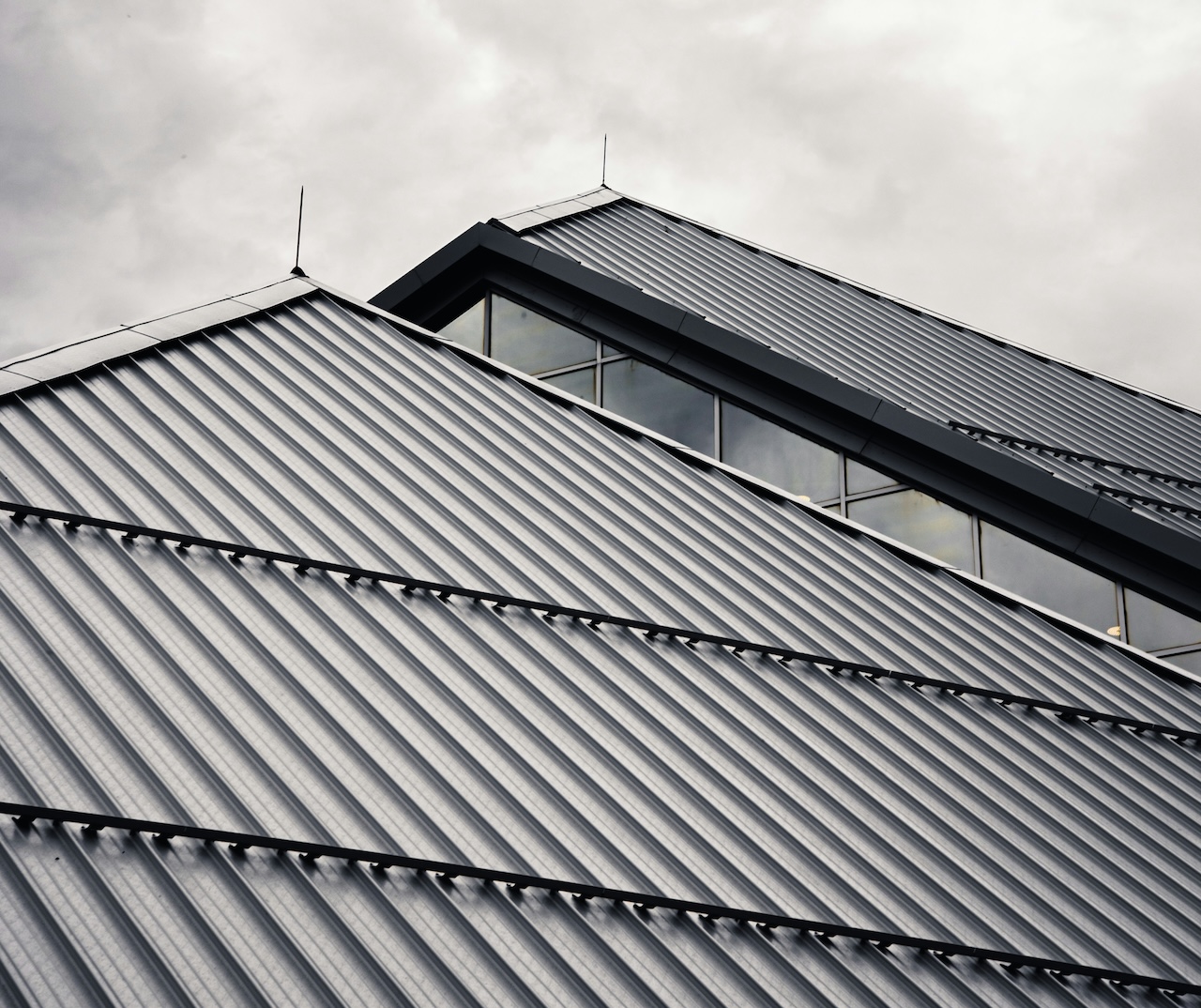

Softwashing relies on chemistry rather than pressure to clean delicate exterior surfaces such as roofs, stucco, wood, or vinyl. Using pressures between 2.8 and 13.8 bar (max. 40 bar) and carefully dosed cleaning agents, organic contaminants like algae, mold, and lichen are deeply removed — gently, effectively, and without damaging materials or structure.
Equipment:
Softwash solutions typically combine multiple active agents:
Additives:
| Advantage | Effect |
| Gentle cleaning | Low pressure protects delicate materials |
| Deep cleaning & disinfection | Kills organic microorganisms effectively |
| Long-lasting results | Prevents regrowth through chemical action |
| Water & time savings | Less water, less effort, more efficiency |
| Material compatibility | Safe for shingles, stucco, wood, vinyl, masonry |
| Region | Characteristics |
| Europe | Strict regulations, permits required, mandatory neutralization |
| Australia | High environmental awareness, runoff recovery, water restrictions |
| USA | Varying state laws, increasingly strict runoff control |
Key measures: protect plants, monitor runoff, redirect to green areas, use neutralizers or reclaim systems.
| Alternative | Description |
| Sodium percarbonate (oxygen bleach) | Eco-friendly but weaker; best for wood and light contamination |
| Hydrogen peroxide | Non-toxic, low odor, less aggressive; good for delicate surfaces |
| Citric acid | Natural and gentle, limited cleaning power — ideal for brightening |
| Quats (quaternary ammonium compounds) | Strong microbial action but expensive and environmentally critical |
| Enzyme cleaners | Biodegradable and odorless, slower and milder — ideal for light organic buildup |
Softwashing provides a gentle, chemistry-driven solution for cleaning sensitive exterior surfaces. Success depends on the right balance of concentration, nozzle, pressure, and environmental precautions. Professionals tailor their solutions to the surface, comply with regional regulations, and safeguard both people and nature. The result: sustainable, high-quality cleaning outcomes with minimal damage risk.
1. When is Softwashing preferable to high-pressure cleaning?
Whenever surfaces are delicate and pressure could cause damage — e.g., roofs, stucco, or wood — Softwashing provides a safer, chemistry-based alternative.
2. Does Softwashing effectively remove algae from facades?
Yes. The combination of sodium hypochlorite and surfactants kills algae at the root, preventing regrowth by eliminating microorganisms deep within the surface.
3. How should chemical runoff be handled?
Divert runoff into green areas or collection systems, pre-water plants to reduce absorption, and neutralize chemicals as required by local regulations.
4. Are eco-friendly alternatives equally effective?
Oxygen bleach, peroxide, enzyme, or citric-based cleaners are gentler but less potent against heavy organic buildup. They are ideal for light to moderate contamination.
5. What protective clothing is mandatory for Softwashing?
At minimum: goggles, gloves, waterproof clothing, and often a respirator — especially when handling SH or quats.
6. How long is the typical dwell time?
Usually 10–30 minutes, depending on temperature, contamination level, and surface type. The process relies on chemical dwell time, not immediate mechanical force.
| Feature | Softwashing | High-Pressure Cleaning |
| Pressure | 2.8–13.8 bar (max. 40 bar) | 100–275 bar |
| Water consumption | Low (1.9–51 l/min) | High (5.7–15 l/min or more) |
| Effect on organic growth | Deep, chemical eradication | Surface-level removal only |
| Surface protection | Very gentle – no abrasion | May roughen or damage materials |
| Chemical dependency | High | Low – often water only |
| Environmental cost | Medium to high (neutralization required) | Low |
| Dwell time | 10–30 minutes | Immediate |
| Labor cost | Medium (chemicals, PPE) | High (water, time, pressure) |
| Best for | Roofs, stucco, wood, vinyl, delicate facades | Concrete, stone, heavy dirt, pavers |